Hi Guys, as some people have been complaining they have been unable to see the pictures I have been asked to repost here as well. Enjoy!
As many of you know my focus is just one figure, the Death Squad Commander or Star Destroyer Commander for the more politically correct amongst us!
Probably get a brew on the go, as I've not really cut any corners, whilst trying to be as succinct as possible!
When you only really buy one figure you start to see even the smallest differences amongst them.
So although it is not yet card confirmed (however I'll come onto that in a bit more detail later), in this post I hope to talk you through some of my research.
With any luck I should be able to demonstrate to you the existence of the (NON disco) PBP figure; That is to say the figure that followed what is widely acknowledged as the "Poch DSC".
I will also use this article to introduce the "Long COO Poch DSC", which until now has generally only been accepted to exist in it's short coo format.
Below is a reference to the COO's I terms as "short" and "long" for this article.

Fig.1 Short COO Left / Long COO Right.Please bear in mind it's taken me almost 500 DSC's in one place at one time to nail these particular variants.
To truly see some the characteristics, the figure really needs to be held in the hand, as my photos really do not do them justice, particularly with the exclusive black paint.
So without dwelling on the naming of these figures, (in the past I think I have read an excellent article attributing these characteristics to POCH Class I II and III etc.
http://www.imperialgunneryforum.com/t4427-the-poch-pbp-guide-discussion-thread-part-one
as the same factories were used, in my understanding, throughout the process, I prefer to see it really as more, early, mid and late production.
The hobby seems to have named these eras, in this particular section as:
Poch, or CLASS I
Poch/PBP or CLASS II (or transitional) and
PBP or CLASS IIII will try to force the following descriptions into these narrow definitions.
However before I begin with the PBP figure itself, I really wanted to use another figure to illustrate the massive advantage of having hundreds of just one figure when you undertake research of this kind.
It should also demonstrate how no one "poch" factor, (meltmarks, paint type, coo, protrusions etc) can ever really be used in identifying these type of figures, as often it is a collection of characteristics found throughout several figures.
 Fig.2 The first photo shows left to right figures 1 to 14. Loose DSC's from the side, with the COO leg facing outwards.Figs 1-4
Fig.2 The first photo shows left to right figures 1 to 14. Loose DSC's from the side, with the COO leg facing outwards.Figs 1-4 Show a fairly clean mould, the figures left coo leg has no blemishes at all.
Figs 5-8 At some point during production the mould has broken slightly leading to the repetition of the marked protrusions.
Figs 9-14 The mould has been repaired so the protrusions is now gone, leaving a "scar" mark we are used to seeing around some european figure's coo area.
Starting at the left, and moving throughout figures 1-14 you can see how the factories would upkeep the moulds as much as they could, so they maintained the longest possible lifespan.
Maybe damage happened due to movement between factories or after a sale, or maybe it was just down to general wear and tear.
Either way some of these factors allow us to group specific figure types in families of their own.
This is important in loose figure collecting allowing us to distinguish between one variant and another, even on the most subtle of differences.
There may be more obvious features available to us, like COO markings, paint colour or insignias for example, however these smaller signs can also be taken into account when looking for variants, and can sometimes give us more information.
 Fig.3
Fig.3With this in mind the second photo [Fig 3] shows the same 14 figures from the back, by grouping them together as a family, other traits begin to show themselves.
In the yellow boxes (above), each of these figures doesn't have the "Z" mark.
At this stage in my research, the "Z" mark in this part of the figure seems arbitrary, the fact none of this family has the "Z" tells us something, I'm just not sure quite what as yet!
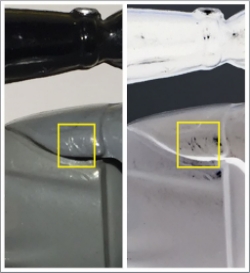
[/url]
Fig. 4 The "Z" marking, inverse as well, for a better viewThe boxes marked slightly lower down in green [Fig 2], show a scar mark I have found to appear in certain types of figures, it cuts into the plastic, and is machine made.
Whilst meltmarks for example can denote a potential poch figure, this marking in very similar ways, can show membership of this particular unnamed family and seems to be exclusive to the technique of making this particular figure.

[/url]
Fig.5 Scar markings to the legThe final characteristic seen by grouping the entire family together (marked in red in fig. 3) only seems to appear of 4 of the figures, the repetitive damage reoccurring in exactly the same place.
One would image this is here because of some sort of fault in the production process rather than simply playwear.
 Fig.6 Front Upwards
Fig.6 Front UpwardsBefore I give the full reveal to which exact family I have grouped together, the upward shot shows another trait which can be seen to tie together the entire family.
Marked in green (above) this figure type seems to have a trait, where the black paint fails to meet the forehead neatly as it does in most Kenner produced figures.
 Fig. 7 Blue Insignia Family Front Annotated
Fig. 7 Blue Insignia Family Front AnnotatedAnd the final photo of this family reveals the fairly common variant, many of you will own, with just one blue insignia bar.
Aside from the COO markings, and the repairs to the arms and legs, the insignia is one of the best ways to tell one figure from another.
The only thing is not all 14 figures display just one blue insignia bar.
This neatly leads me back to my original point, regarding collections of characteristics found throughout several figures, enabling us to group them into their families.
Regardless of if this is for just one figure or throughout the entire range, it is these characteristics that help us group figures into families.
Exclusive black "poch" paint is one of these characteristics.
This is not exclusive to the DSC, however it does seem to be exclusive to euro "poch" figures.
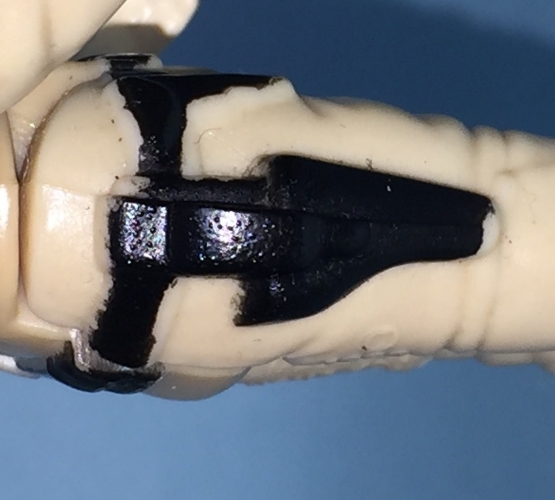
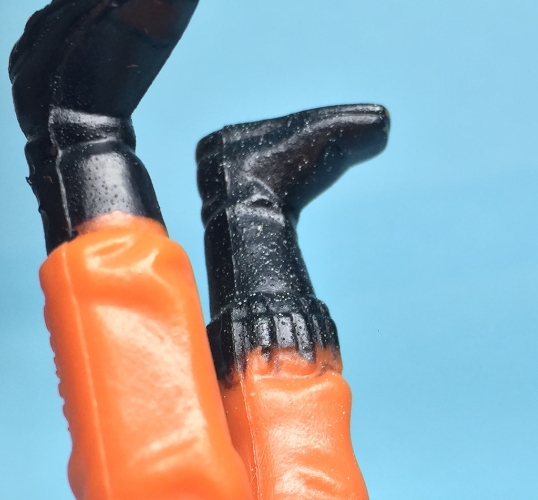 Fig. 8/9 Poch Luke Bespin Left and Poch Luke Xwing Right
Fig. 8/9 Poch Luke Bespin Left and Poch Luke Xwing RightHere it is visible on the holster of a Poch Luke Bespin and the boots of a Poch Luke X-Wing, although it is one of the defining features for both these figures, I have seen both figures without this trait.
The Acknowledged Poch CLASS I Figure
 Fig. 10/11 6 Poch Class I Front Plain and with Annotation
Fig. 10/11 6 Poch Class I Front Plain and with Annotation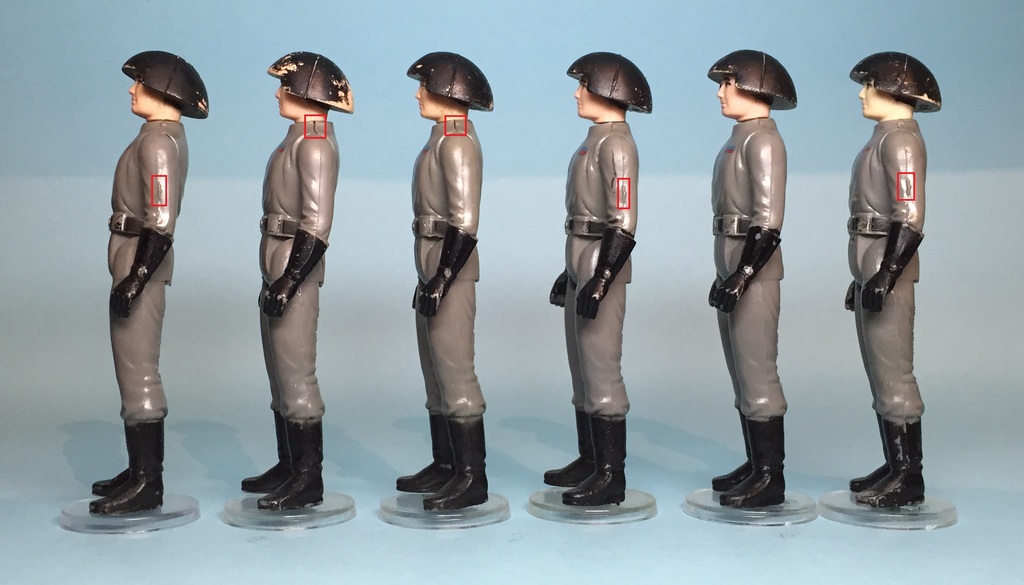
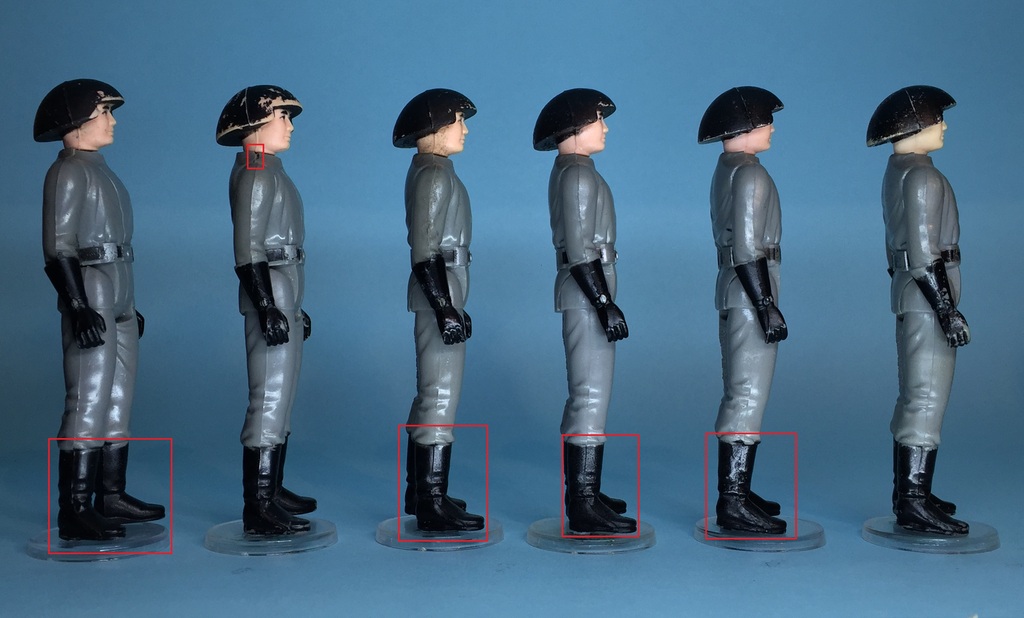 Fig. 12/13 Poch Class I Sides Annotated
Fig. 12/13 Poch Class I Sides AnnotatedFrom the sides, particularly facing left, with the potential beginnings of mould failure in the left arm, and poor sonic welding throughout.
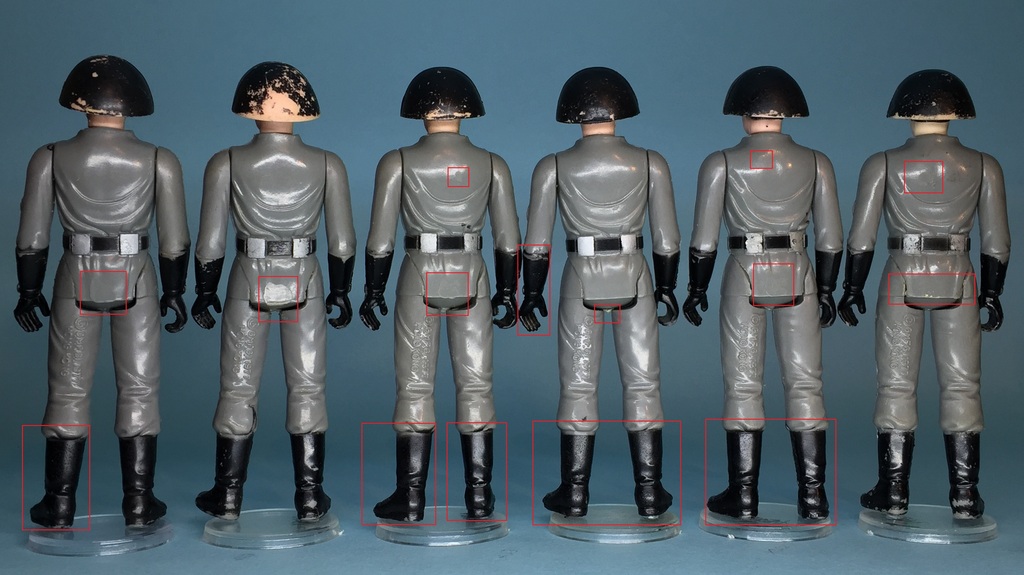 Fig. 14 Poch Class I Back Annotated
Fig. 14 Poch Class I Back AnnotatedFinally from behind where not only can you see the areas where melt marks are most commonly found (another common "poch" characteristic), but also potentially the beginning of a feature of overspray on the gloves.
WBobaFett's fantastic article has picked up on many of these features (however I disagree with the red over blue insignia theory after much trial and error!)
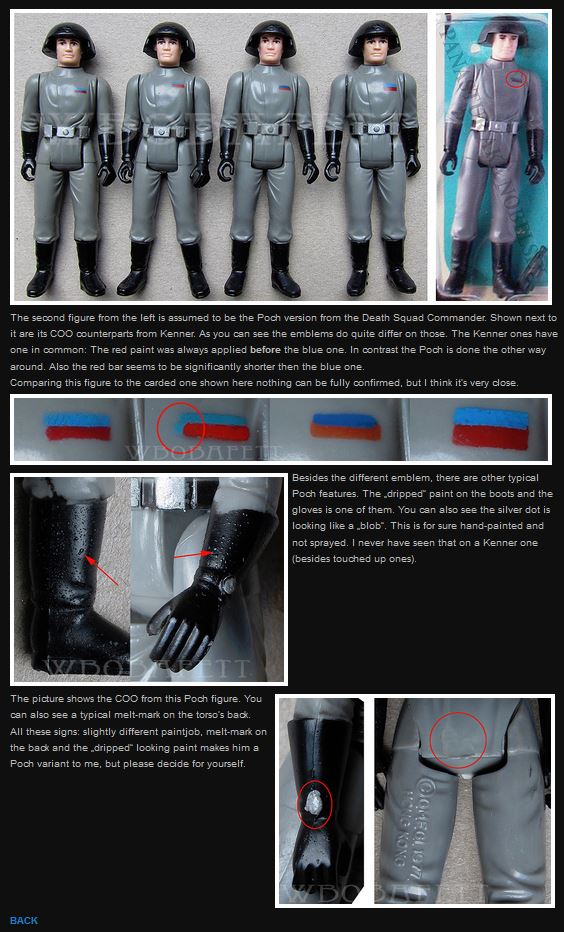
http://swspaceclub.com/wbobafett/poch/poch-variants/death-squad-commander/

http://www.imperialgunneryforum.com/t4427-the-poch-pbp-guide-discussion-thread-part-one#
As did Dr. Dengar in his fantastic primer for poch figures on the Imperial Gunnery from 2012. All of these articles deserve much further reading and should be sought out if you haven't already found them.
I haven't managed to find a "poch" example quite matching the silver wrist paint of his figure, neither the extrusion, however these may well have gone due to play wear!
Now with any luck I have laid the foundations, and given you a quick overview of the acknowledged Poch figure.
So without further ado, the
PBP Death Squad Commander:


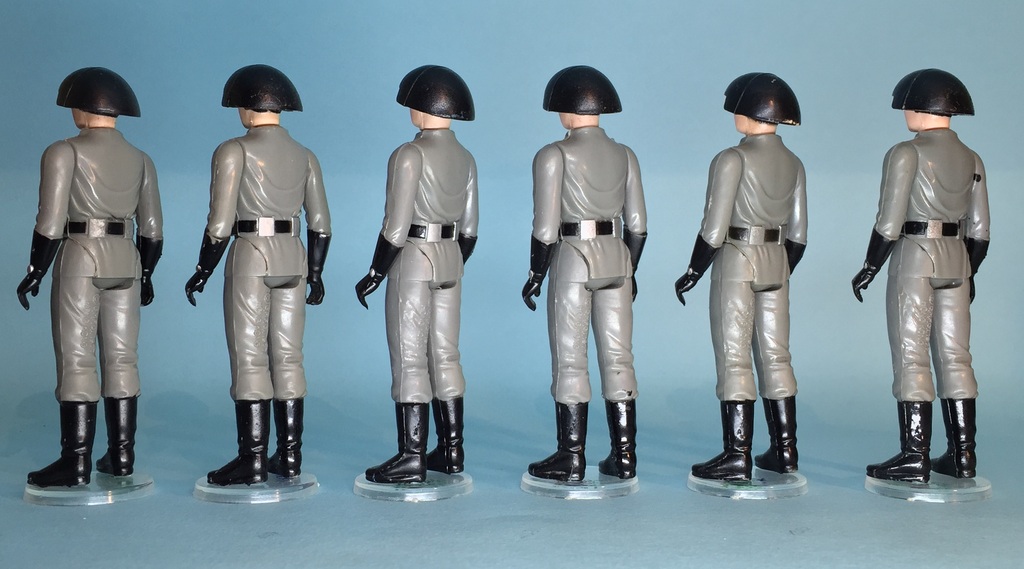 Fig. 17/18/19/20 6 PBP Death Squad Commanders
Fig. 17/18/19/20 6 PBP Death Squad CommandersSo drawing from the previous points on the confirmed poch figures, and trying to form families from the masses to nameless figures I have, (with the apparent dearth of carded examples) we can begin to make comparisons again, drawing lines between the two figure types.
Below you will see the mould issues with the arm throughout both the Poch 6 figures and the PBP 6 figures.
 Fig. 21 Comparison Figs. 12/18 Annotated
Fig. 21 Comparison Figs. 12/18 AnnotatedAnd drawing on the evidence form Dr Dengar's article where, although I haven't been able to find silver wrist paint quite as magnificent, you can certainly see similar traits beginning to appear to tie this family of figures to the poch examples.

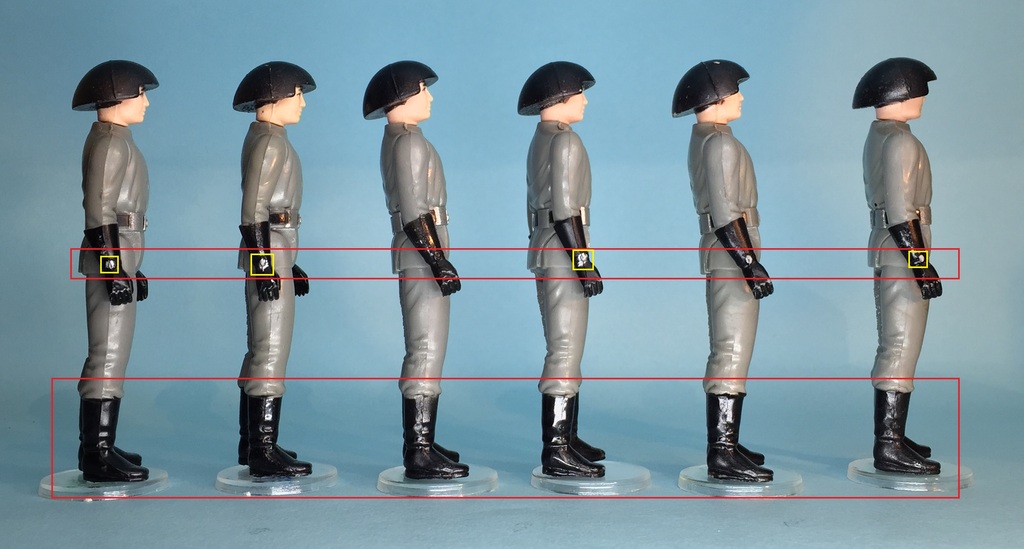 Fig 22/23 Annotated article and PBP figures annotated wrist paint
Fig 22/23 Annotated article and PBP figures annotated wrist paintAlthough the photos haven't shown it brilliantly, the PBP figures also seem to show the exclusive "poch" black paint throughout. However I have yet to find an example with a meltmark.
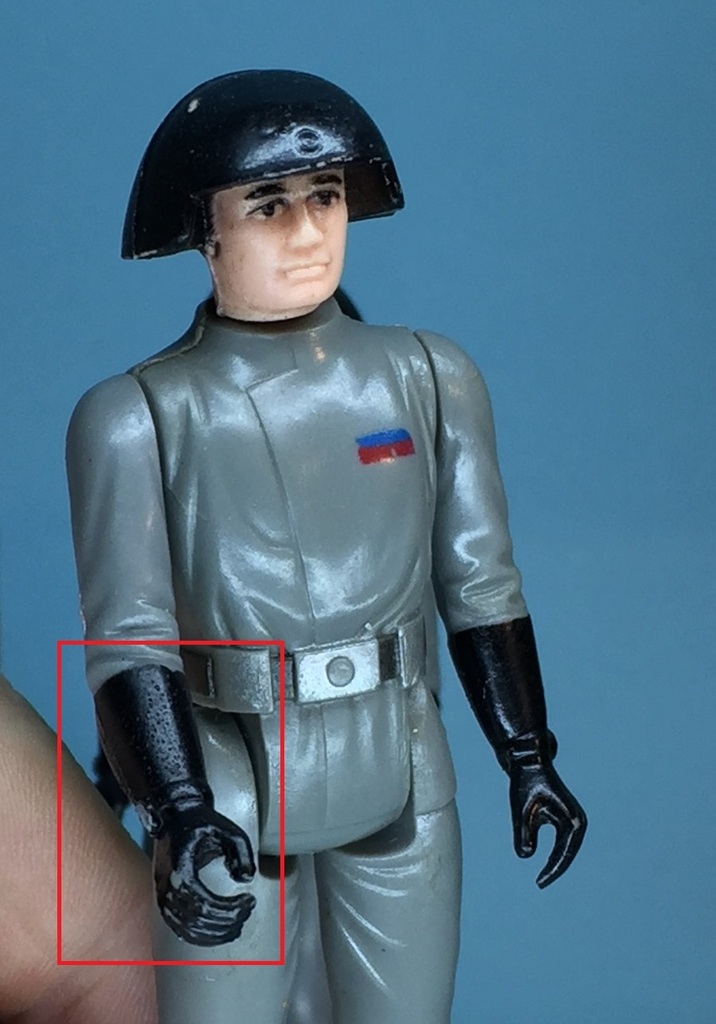 Fig24. PBP Figure Annotated for exclusive black paint
Fig24. PBP Figure Annotated for exclusive black paintSo trying to nail down these loose figures to their cardbacks is the next mission in my focus. I continue to collect loose figures, but for the past 9 months or so, I have been trying to complete the DSC MOC run.
I'm not expecting to complete it any time soon, but I am hoping it will give me some pointers towards what figure comes from where!!
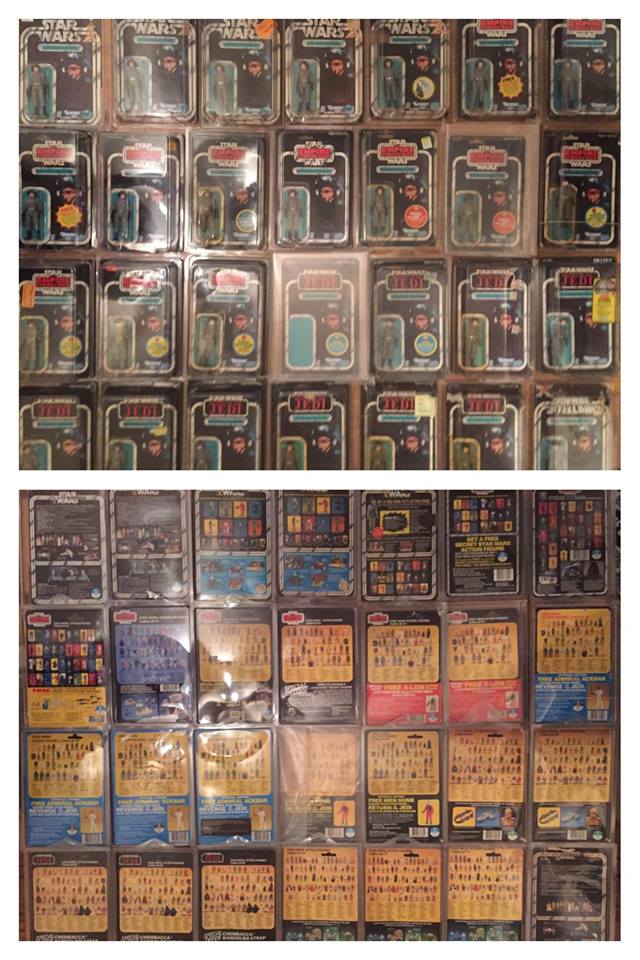 Fig. 25 My DSC MOC run, Latest Shot!
Fig. 25 My DSC MOC run, Latest Shot!One thing I have discovered for definite though; Spanish carded examples are incredibly hard to come by! There are also very few photographic examples available on the web.
If you or anyone you know owns a DSC on any foreign cardback, and they are prepared to share photos for my research (or indeed sell it to me!), it would be much appreciated.
It seems the next photo is the only carded example I have been able to find photos of so far.
 Fig.26 Comandante de la Estrella Destructora Spanish MOC
Fig.26 Comandante de la Estrella Destructora Spanish MOC
http://www.starwarsspanishstuff.info/Which seems to fit the PBP figure better than the Poch figure to be honest.
To explain exactly why I think this would involve explanation of a lot of other characteristics I am not ready to discuss quite yet!
I am a short way into a writing a book just about this one figure, and my photoshop skills are novice to say the least!
Hopefully the next photo will give you an idea of why I'm thinking along these lines!
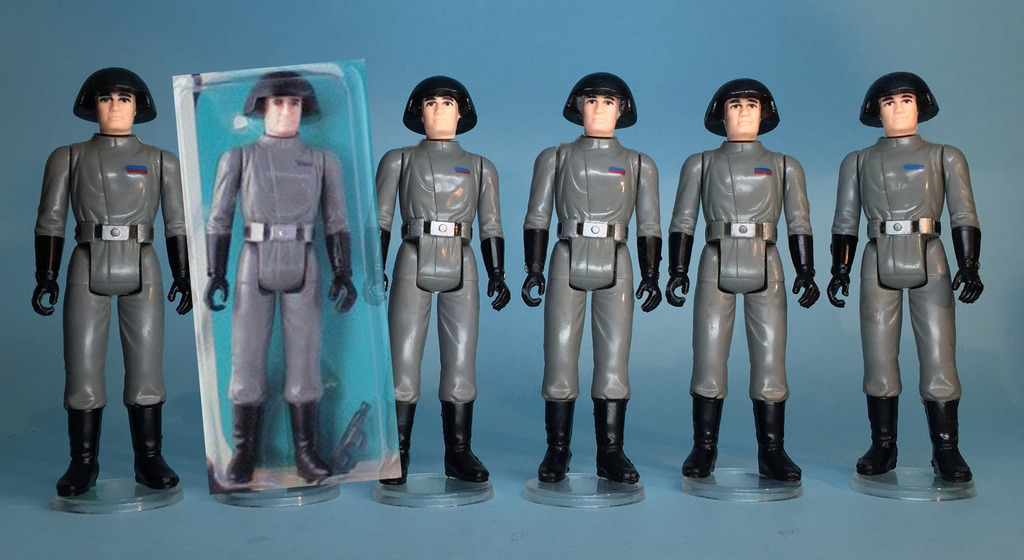 Fig.27 Spanish MOC over PBP figureSo the major Euro / Spanish DSC confirmed variants so far are:
Fig.27 Spanish MOC over PBP figureSo the major Euro / Spanish DSC confirmed variants so far are: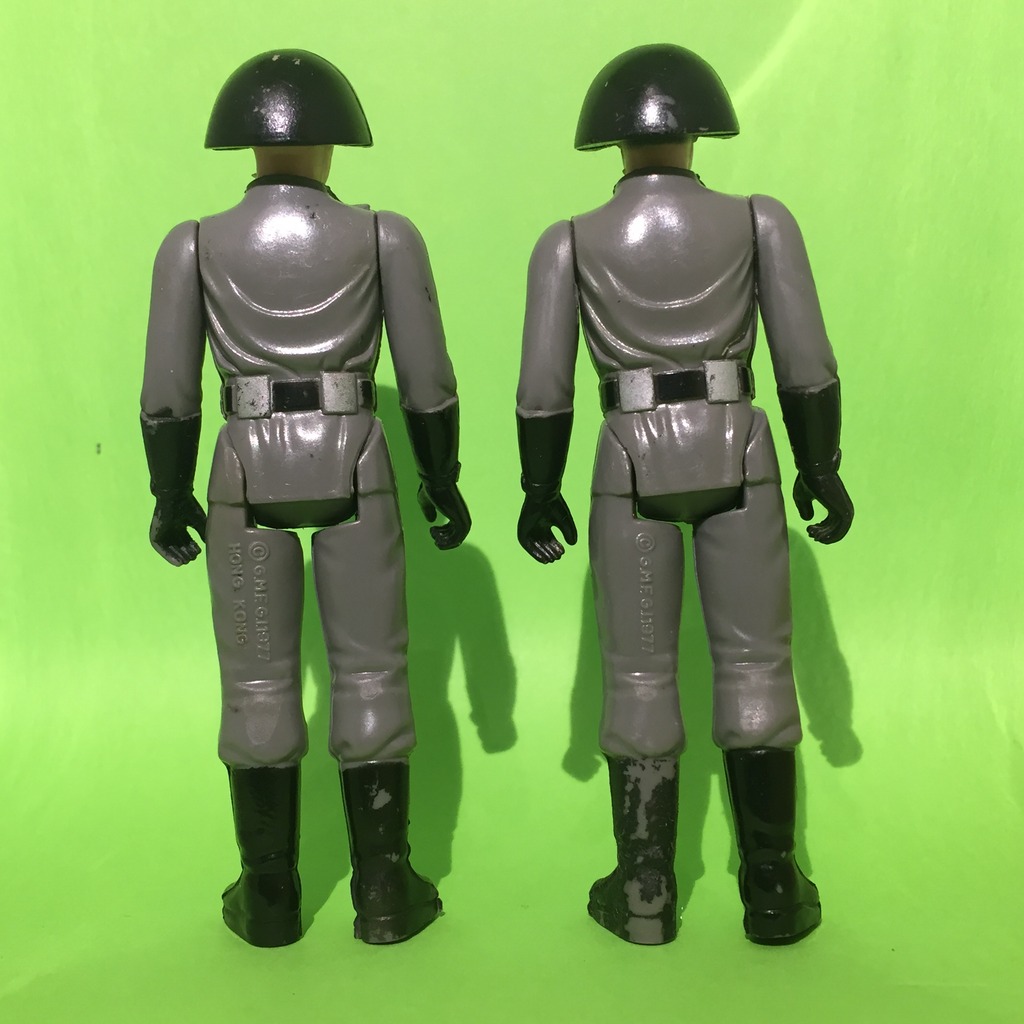 Fig.28 Both the HK and No Coo Disco Boot VariantDisco HK COO
Fig.28 Both the HK and No Coo Disco Boot VariantDisco HK COO (origins unknown presumed Palitoy)
Disco No COO (origins unknown presumed PBP)
A variant on this figure may be considered with or without "proto" black paint on boots or gloves or both. Both are still unconfirmed on cardback.
You can read more about these figures here:
http://www.imperialgunneryforum.com/t8181-newly-discovered-coo-for-the-dsc
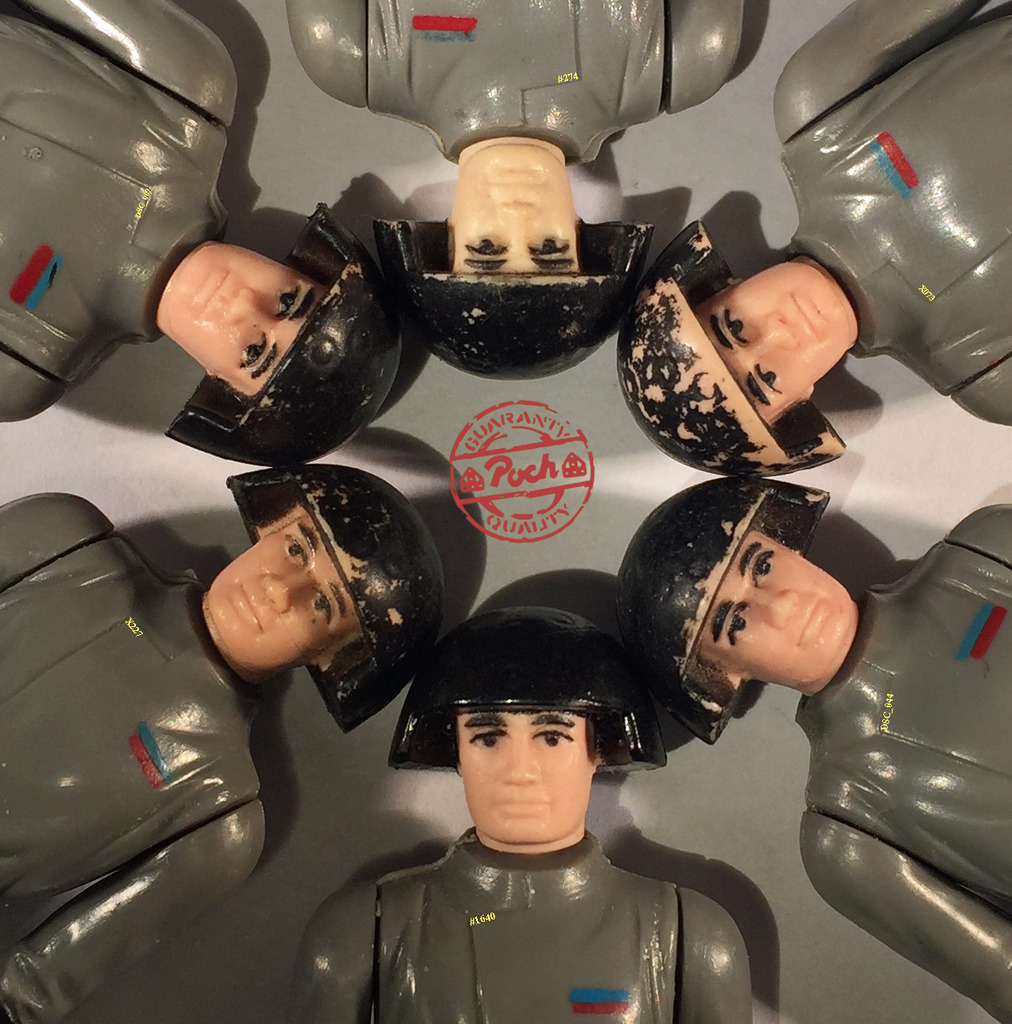 Fig.29 Poch CLASS I DSC'sPoch Standard (short coo) or CLASS I figure.
Fig.29 Poch CLASS I DSC'sPoch Standard (short coo) or CLASS I figure.The most commonly and first acknowledged POCH Spanish DSC figure, commonly found with melt marks on the rear of the torso. This is one of the harder Poch figures to come by in my opinion.
A variant on this figure may be considered the
Poch Pale Face (short coo) A very rare variant of the above moulded in a much lighter coloured plastic (12 o'clock in the above picture.)
and I've just introduced what I believe to be
PBP Standard (short coo) or CLASS III figure.Very rare (or at least hard to see) IMO painted and assembled in PBP / Euro factories from potentially imported parts. This figure also share the short coo.
 Fig.30 Yup it's just Fig.17 again!
Fig.30 Yup it's just Fig.17 again!Earlier I said I would also introduce the
Long COO Poch CLASS I figure (are you still with me at the back??!!)
Remember, the acknowledged Poch figure is considered to be only available in the short COO.
Only a couple have been discovered, with the third lost to the international delivery monster
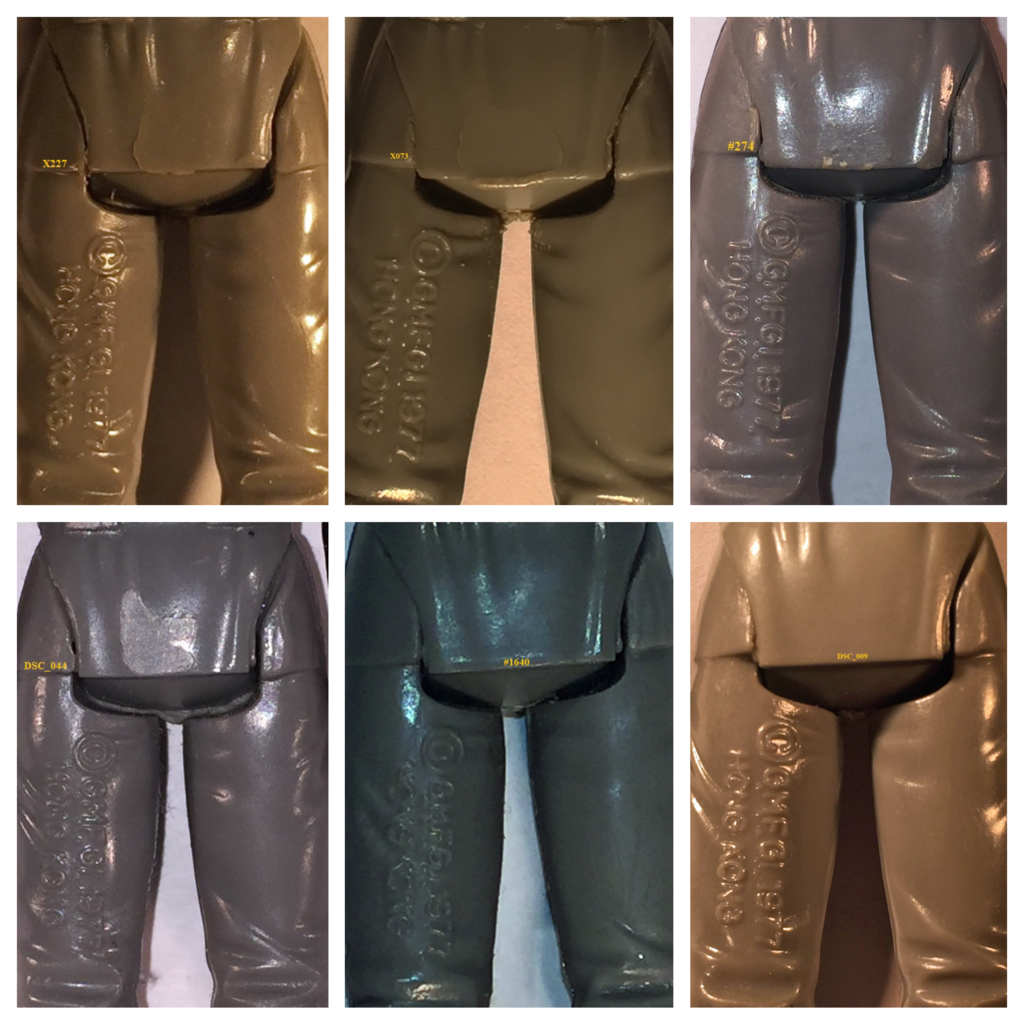 Fig. 31 Short COO Figures
Fig. 31 Short COO FiguresHowever to do this I will also need to introduce the PBP Pale Face (long coo) More common variant of the above figure, still very very rare! This is actually the most common in the long coo PBP category.
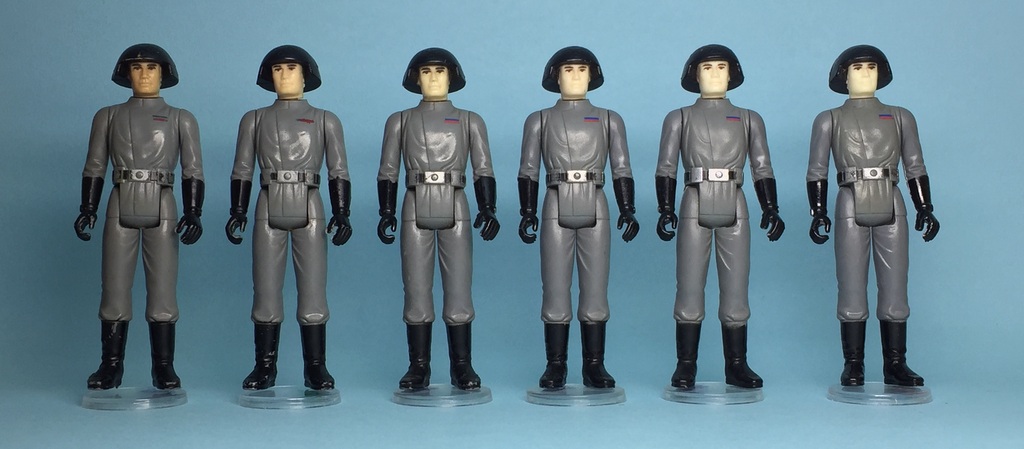 Fig.32 Long COO Figures
Fig.32 Long COO FiguresSo left to right we are looking at 2 long COO Poch CLASS I figures.
Then the 4 figures to the right are either Class II or Class III figures.
As you can see from the annotated photo, there are lots of reasons to class these figures in the same family, least of all the paler, and in some cases almost translucent face plastic.

 Fig.33/34 Long COO Figures Front and Back Annotated
Fig.33/34 Long COO Figures Front and Back AnnotatedCollecting the figures together also shows the over paint on the black glove paint. Exclusive black poch paint throughout, and in the Class I figures, minor torso markings in similar places.
Another feature appearing in this figure is the flashing around the figure's left hand. This feature draws me back again to the carded example...
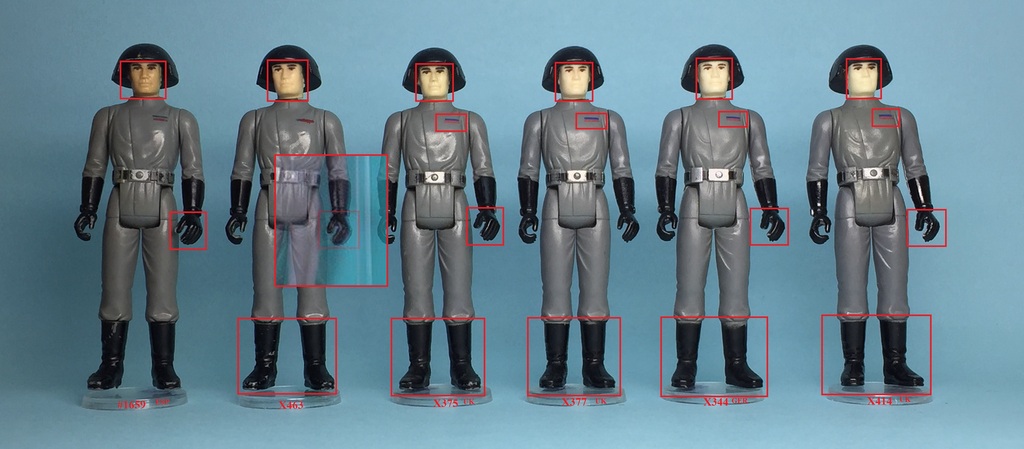 Fig.35 MOC hand over Long COO figure
Fig.35 MOC hand over Long COO figureAgain grouping the figures into families, looking for features other than the obvious to link them together.
The next 6 figures demonstrate the obvious same pale face, however there is much less exclusive poch black paint.
The hand flashing is still apparent in some of the figures, which suggests to me these are some of the later produced PBP figures.
There are no melt marks and the silver wrist paint all seems to be fairly uniform.
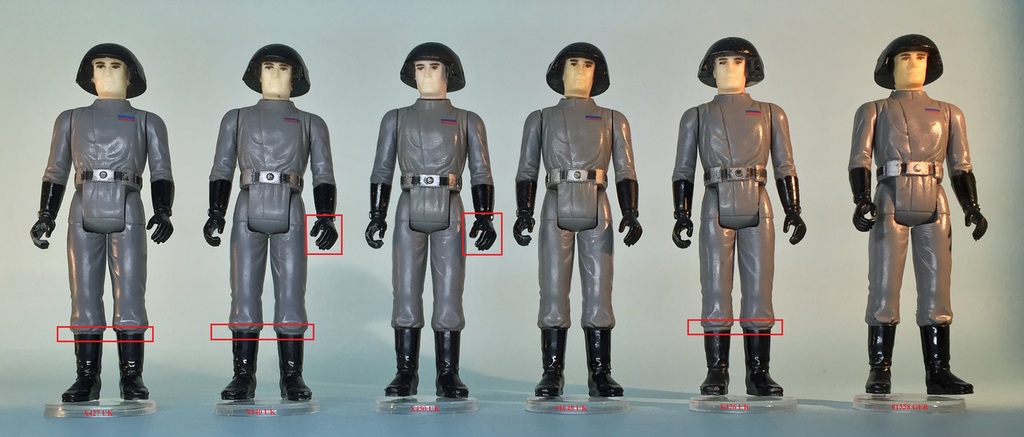
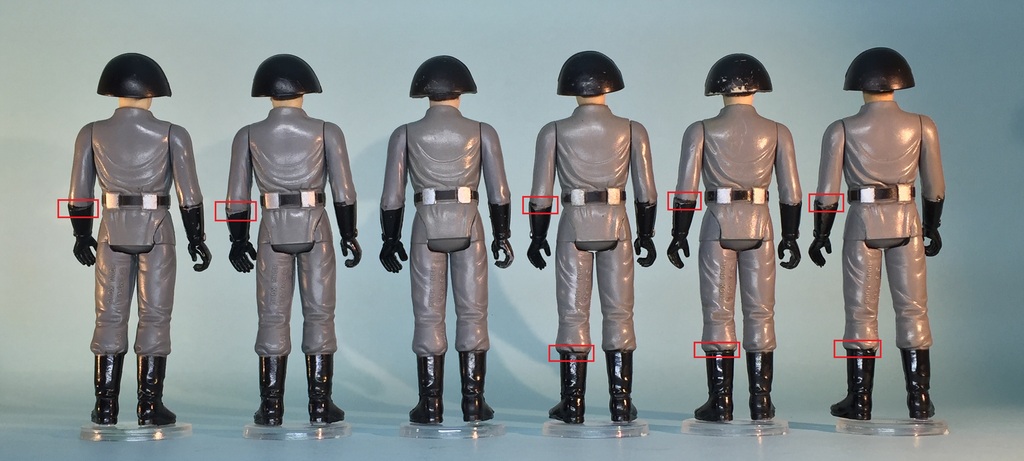

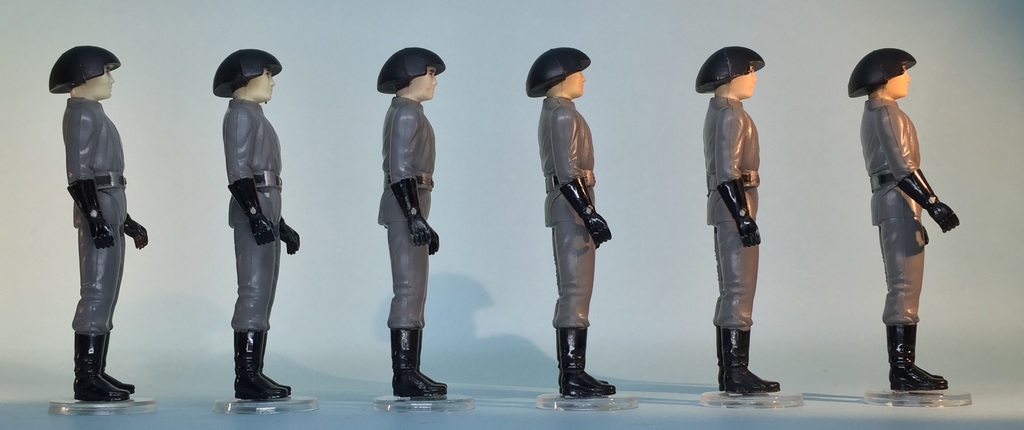 Fig. 36/37/38/39 6 more Pale Face long COO examples front and back annotated
Fig. 36/37/38/39 6 more Pale Face long COO examples front and back annotatedTheir heritage seems to be linked somehow to the Disco DSC (irregardless of the coo on the figure), with many being found both here in the UK, and over on the continent.
The final 6 figures are the most common of all examples I have discussed today, and almost exclusively found in the UK. They are also the figure showing the least typical Poch/PBP characteristics.
Does this suggest that there were 2 major producers in Europe, either putting the figures together and painting them, or maybe just putting the figure together, having imported them already painted, as presumably economics allowed.
Perhaps there were 2 different sources for import, combined in one assembly place serving both the european continent and possibly even further afield??
What leads me to this final possible conclusion is a recent development in my MOC focus, and a happy one!
So if you are still following my thread of assumptions outlined so far (and without carded examples they can only really be assumptions at this stage),
then I am pleased to present what seems to be a PBP Standard (short coo) or CLASS III figure residing on a graded AFA Kenner ESB 48B MOC.


"
Fig. 40 Kenner ESB 48 Back-B Star Destroyer CommanderConsider if you will the Poch and PBP Imperial Commander which I think is a very good comparison for the Death Squad Commander in light of the findings I have outlined here.
There are several PBP Imperial Commander's out there commonly found across the continent and even in the US.
It's earlier counterpart, the Poch Imperial Commander is also out there but much less common.
In part this may be due to the fact it is a very difficult figure to see.
So if Spain was producing the DSC in the earlier poch era, and it's confirmed, then surely it stands to reason that the PBP DSC also exists, but may well have simply found a less obvious route to market.
Sold in different ways, imported, exported, its so hard to say. Or maybe like the Disco it simply went unnoticed for years; And still there is no carded Disco DSC. Maybe there never was.
But through repetitively collecting the same figure, hopefully more evidence will appear as to how and why these figures exist.
We know the Cantina Aliens are available on Made in Spain cards, maybe it is simply that the DSC was produced expecting to be used in a similar way.
Somewhere between production and carding it was simply more cost effective to stick them on some overstock cards, possibly for free as part of an import deal?
Possibly provided by Kenner themselves for particular figures where it might have been cheaper for them for import into certain european countries.
If Spain was simply trying to cut production costs it would have saved them having to produce their own cards saying Made in Spain on the back.
Possibly because they were quickly exported to Europe and the UK on Kenner cards, they didn't have time to apply the Made in Spain stickers, or maybe its a completely different reason only time will prove!!
Maybe this 48 back will unearth another Toni scenario, or maybe our assumptions about exclusive poch black paint are simply incorrect.
Maybe the world of knowledge from the moc collecting fraternity will be able to tell us more regarding the mysterious 48 back and it's origins.
Certainly though, in my quest and passion for loose figures, I am certainly learning a lot more about them though collecting the MOC examples as well, and as we all know half the fun is the hunt itself!


"
Fig. 41 Kenner ESB 48 Back-B Star Destroyer Commander DetailFor me, at this stage at least, and I guess for a lot of you who have made it this far in this opus, this is a bit like finding a digital watch on Cleopatra's arm!
So I leave you with this to ponder and hopefully discuss, with any luck more pieces of the puzzle will appear over time, and we will be a piece closer to seeing the bigger picture!!
Thanks for keeping up at the back, thanks for your time and presumably teabags!!
I would also like to thank all those who further this hobby through sharing their knowledge base with others, and creating what is becoming a fantastic community of collectors!


